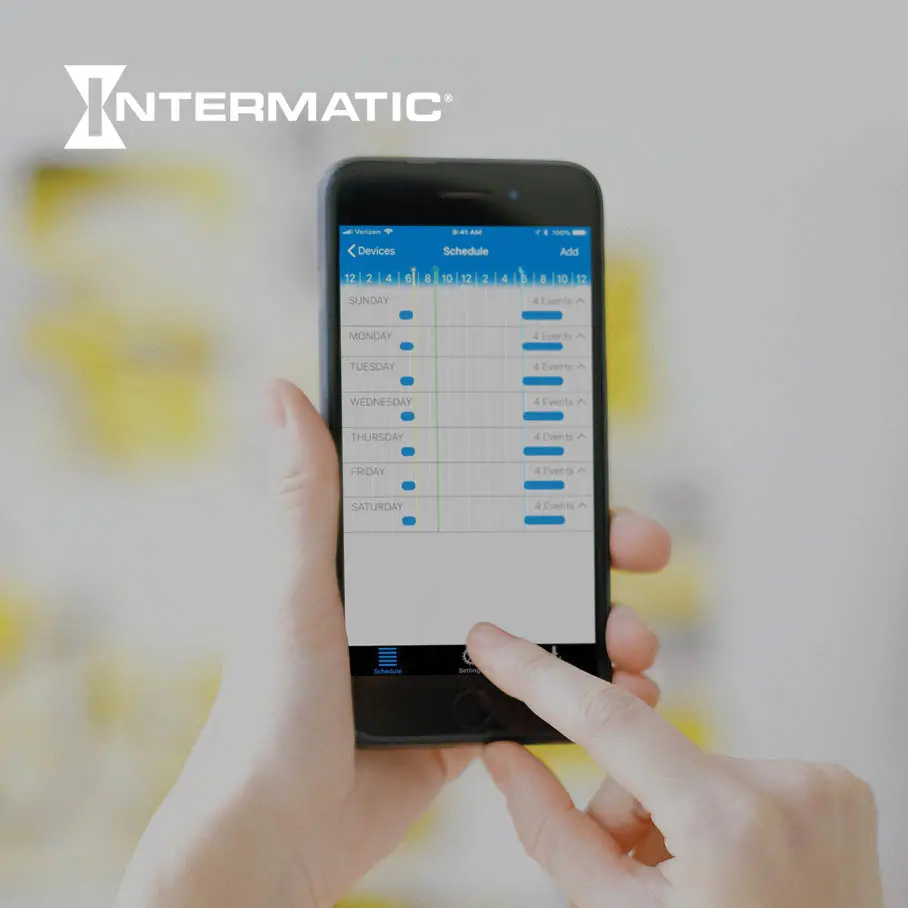Case Studies
We love what we do.
And so do our clients.
We’re fueled by a genuine passion for what we do and love sharing in the success of our clients. With a commitment to serving organizations of all sizes and industries, we invite you to discover how our diverse expertise drives value and success. Experience a world of Vervint client success stories and case studies below.
Case Study
Memorial Hospital and Health Care System
Experience matters. That is why Memorial Hospital tapped Vervint to build and configure its cloud-based data center in Epic.









